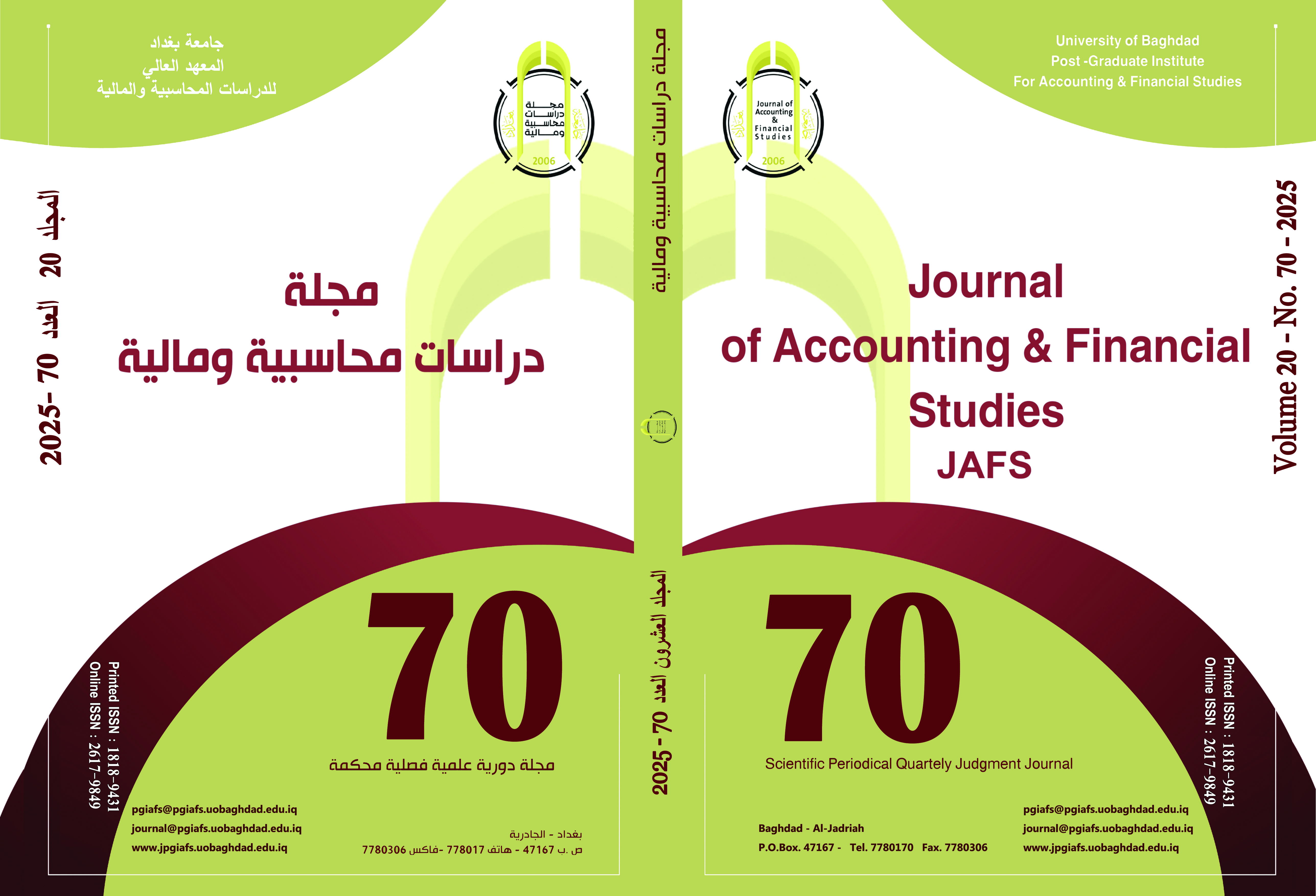Applying The Circular Business Model To Improve Operational Excellence
A Case Study At Daura Refinery
DOI:
https://doi.org/10.34093/3wjpkg95Keywords:
Circular Business Model, Operational Excellence, Closed Loop, Fluid Catalytic Cracking (FCC)Abstract
The research aims to find appropriate ways to achieve the highest value for the outputs of production processes. The problem of the research was represented by a deficiency in the optimization of dealing with the crude oil supplier, in other words, the lack of parity between the inherent value of crude oil and the current production processes to expand that value, which leads to the emergence of a high percentage of a heavy by-product (fuel oil) of limited use and low value, at the expense of light products. High demand, specifically the gasoline product, which is compensated by importing premium gasoline. Therefore, the importance of the study lies in its addressing an important applied problem in a large and vital economic sector such as the oil sector and contributing to increasing the production of light petroleum derivatives and improving their quality without the need for additional quantities of crude oil. The research adopted an applied case study approach, and used quantitative indicators represented by mathematical equations when analyzing the results. Data were collected from official records and reports of the Daura Refinery departments, and the Karbala Refinery was also used to take some design data about the Fluid Catalytic Cracking (FCC) unit. One of the most important results of the research is the production of premium gasoline from fuel oil, and improving the performance of the refinery. As for the most important conclusions, the circular business model leads to expanding the value of crude oil by taking its by-product and turning it into a premium gasoline product. One of the most important recommendations of the study is the necessity of making reforms in operational methods that would add new improvements to the product and productivity.
Downloads
Published
Issue
Section
License
The copyright is transferred to the journal when the researcher is notified of the acceptance of his research submitted for publication in the journal.



